When Benjamin Miessner invented what would become the Wurlitzer electric piano in the early 1950s using metal reeds, felt hammers, and an electrostatic pickup system, keyboards had suddenly become more portable than ever before.
The original Wurlitzers—known as the '100 series'—were introduced later that decade. These were encased in painted fibreboard and included a single loudspeaker mounted in the rear. As new models were introduced in the 1960s, the ergonomics evolved and features such as onboard tremolo were worked in.
It wasn't until the plastic-lidded 200 was introduced in 1968—complete with detachable legs and sustain pedal and stereo speakers facing the player—that Wurlis would spread far and wide. As the sharper, punchier counterpart to the Rhodes, it quickly became the weapon of choice for classrooms, songwriters, and session musicians of all stripes.
Let's take a look at some showpiece examples of Wurlitzers that have worked their way to Reverb.
Click on any image to visit the individual listing and learn more about the instrument.
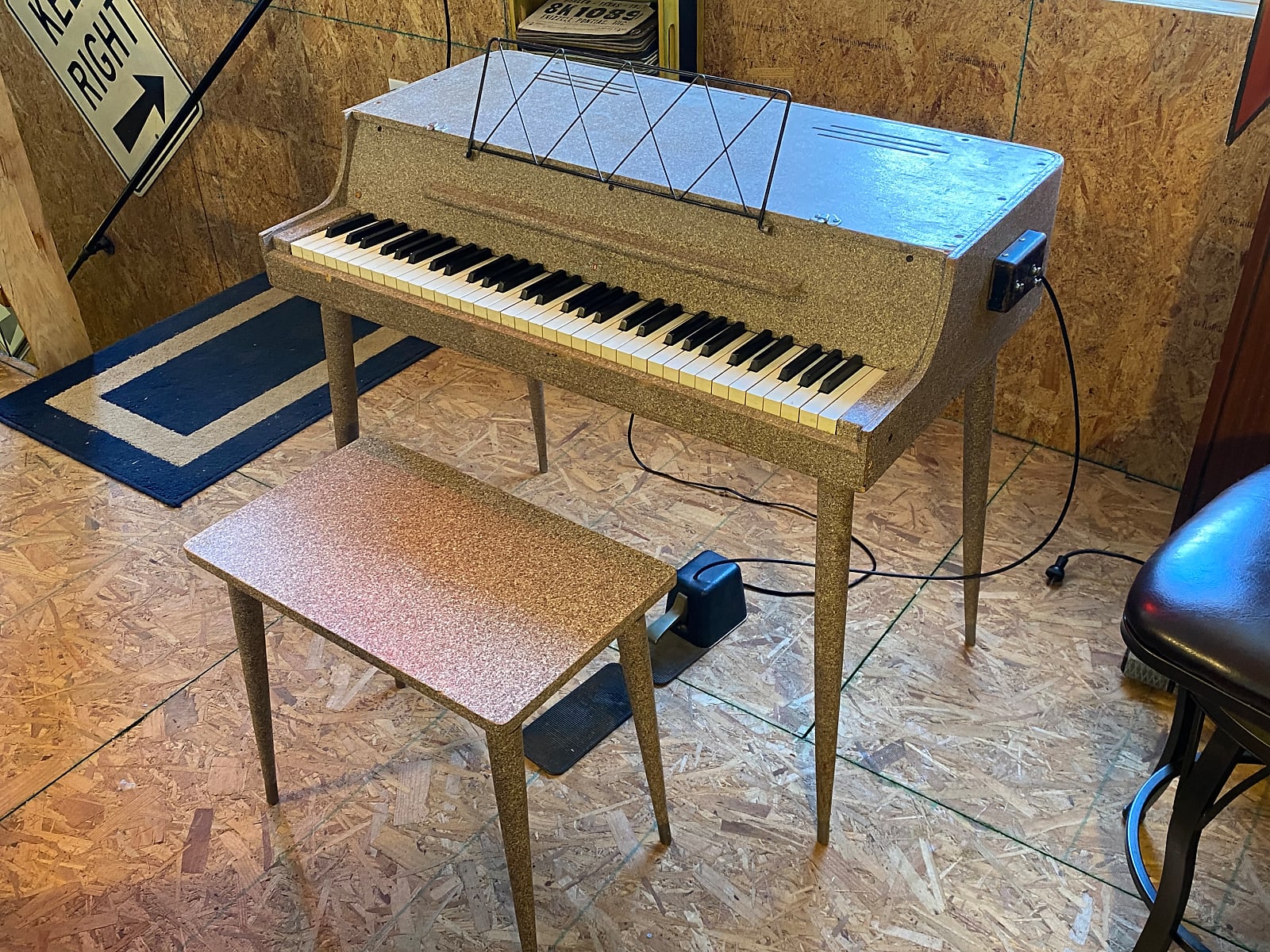
This speckle-painted 112 from 1955 was among one of the first Wurlitzers produced and appears deeper and taller than those to follow. Unlike future models, the sustain pedal is mounted on the side of the instrument as opposed to under the keyboard.
The 112 came equipped with a tube amplifier, giving it an even warmer tone than the transistor models of the decades to come.
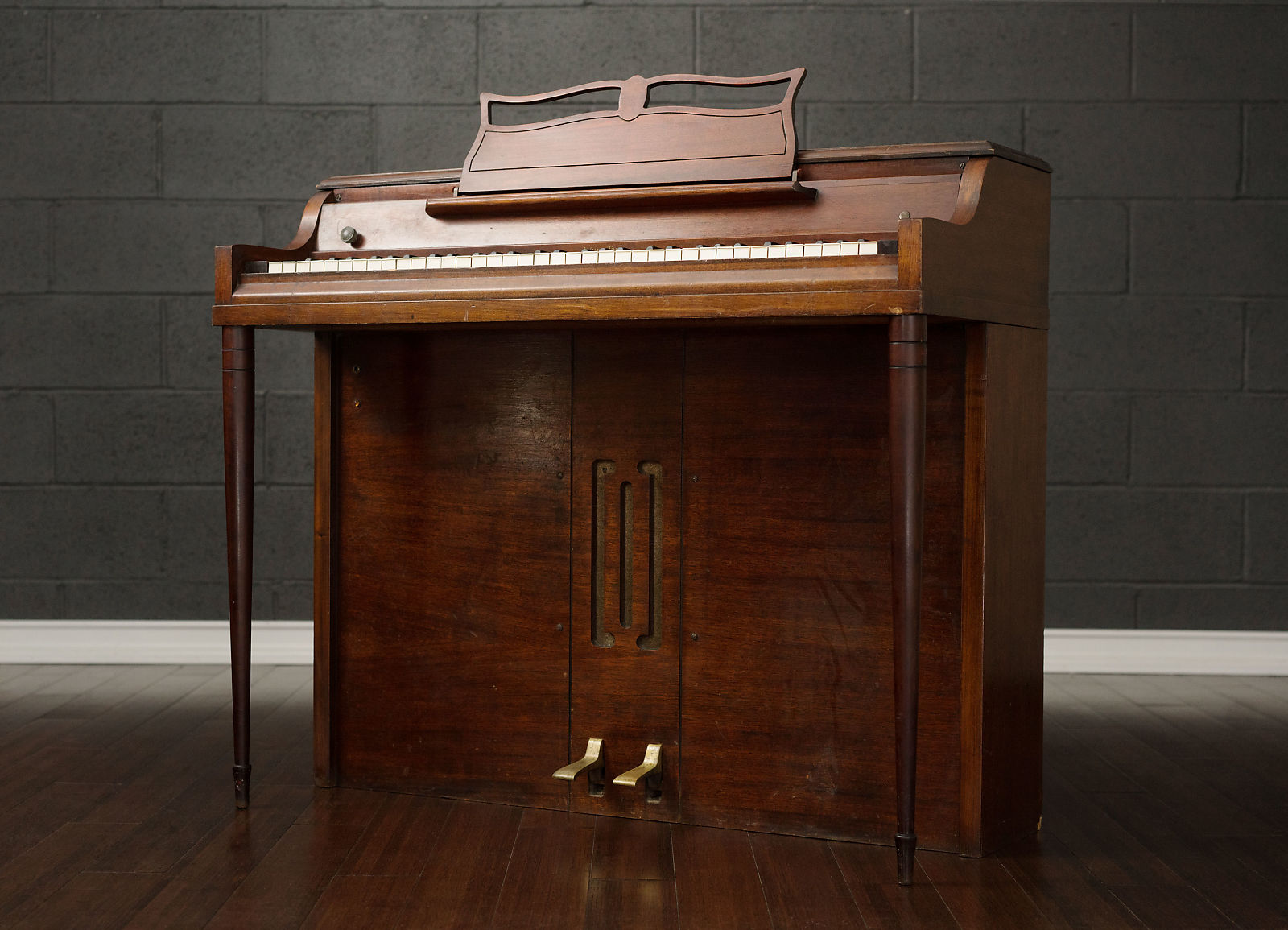
Looks can be deceiving: this 700—a model produced from 1957 to 1961—has the look and feel of your grandmother's spinet piano, but its interior reveals a pair of 2x4 speakers and rich tube tone.
Boasting a mahogany finish, a music rack, and simplified volume control, the 700 is much smaller than the average upright, so you won't have to worry about hiring the movers.
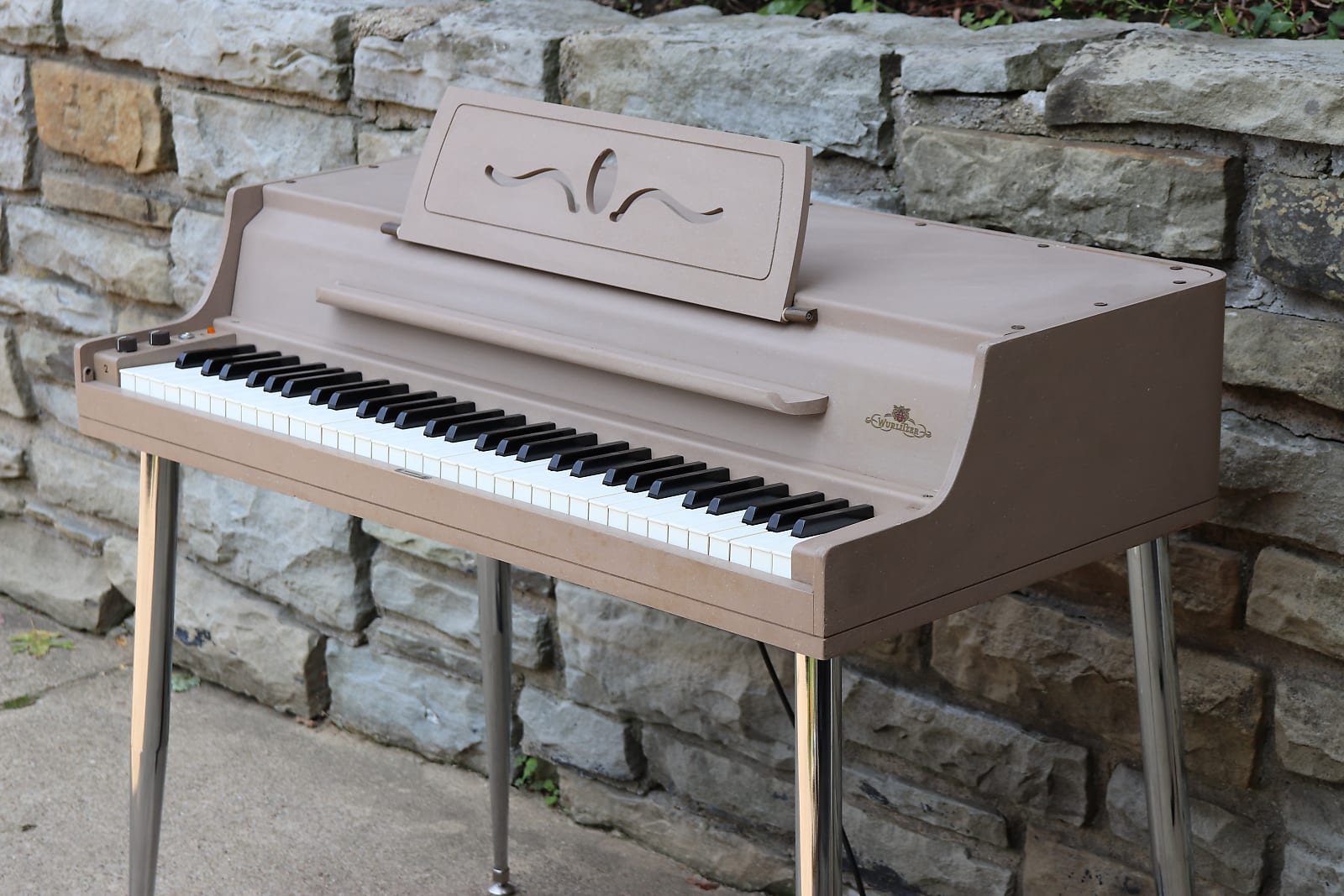
Perhaps the most elegant of all the early models is this 140B from 1967, which shares the same action and reeds as its coveted 200-series successors. Though it's less compact, several players swear by the feel and sound over its younger siblings. This 140B's amplifier was replaced with a Retrolinear EP200A, which comes with vibrato and an FX loop.
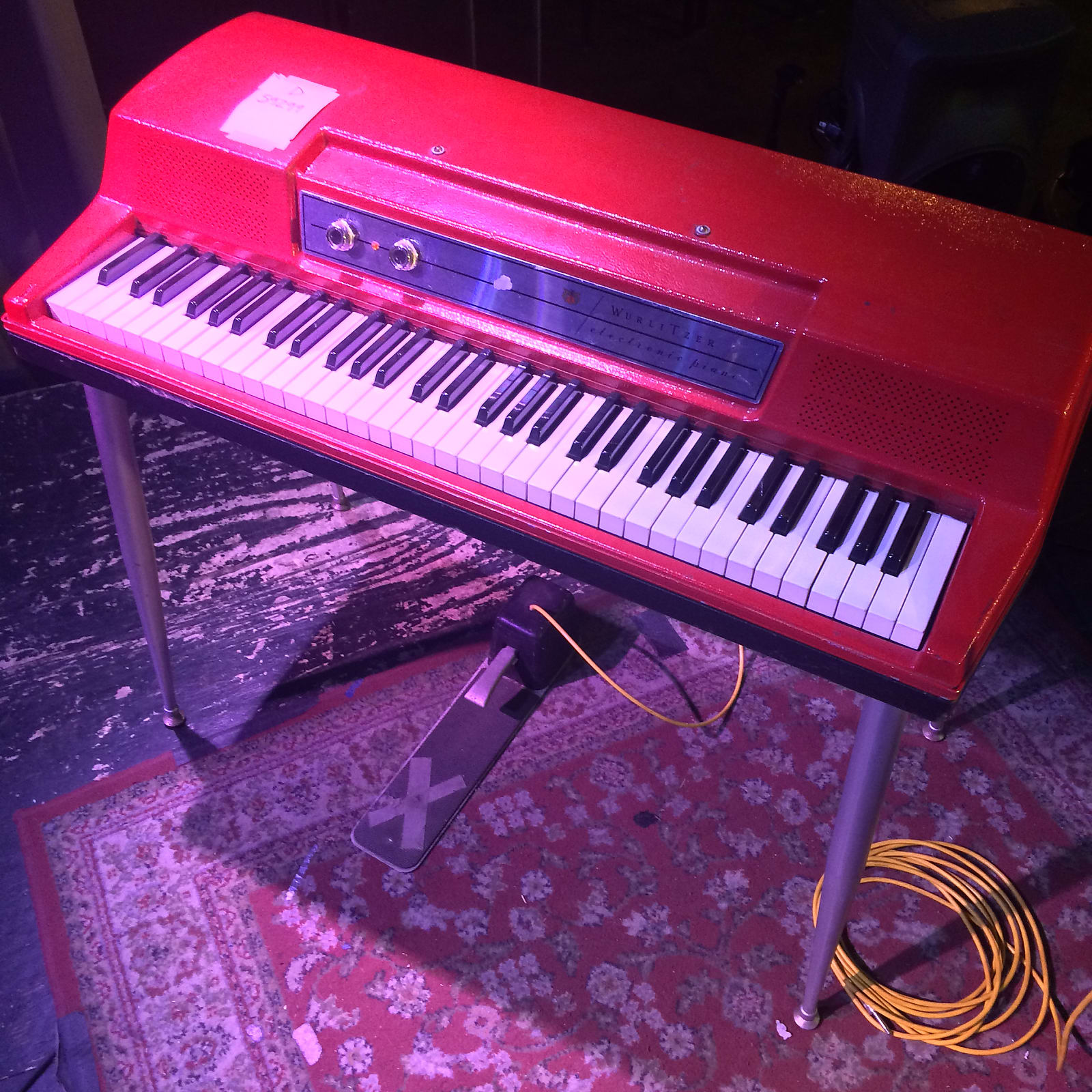
This Wurlitzer 200 with a red paint job listed belonged to the late Ian McLagan, a veteran classic rock keyboardist and founding member of Faces.
Sold for $20,000 in 2016 with two Ampeg amps straight from his rig, it remains the most expensive sale of a Wurli on Reverb (with this all-black original from 1975 coming in at second place, though at nearly a quarter of the price).
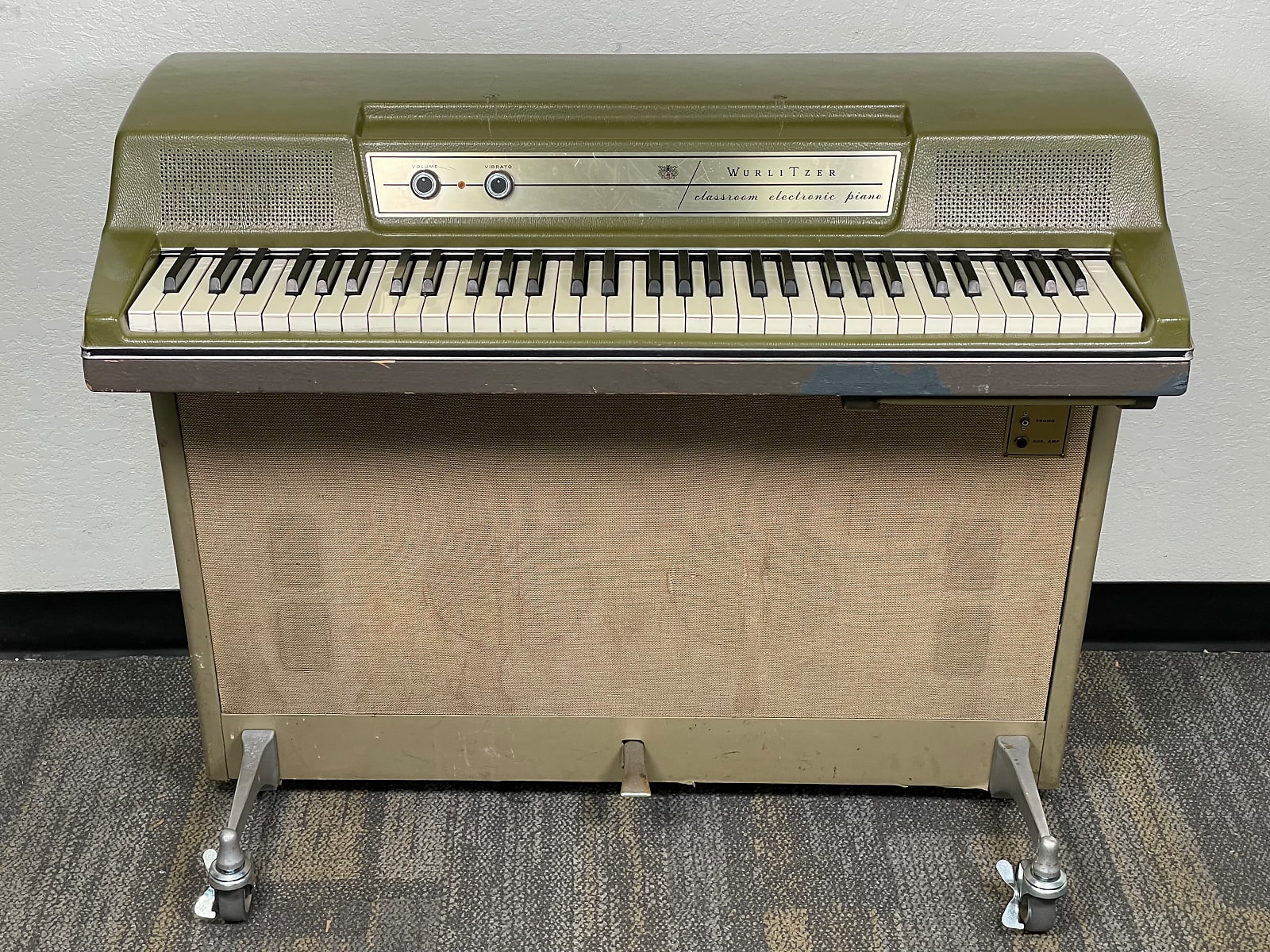
This avocado green 214VA "classroom" model is among the rarer of the 200-series instruments—they come with a 4x8 speaker cabinet on wheels, making it better suited for the studio space than the stage.
Though no details of the instrument's origin were provided by the seller beyond it being taken "from a working environment", these models are more often than not pulled years of school storage, which often means less time spent restoring.
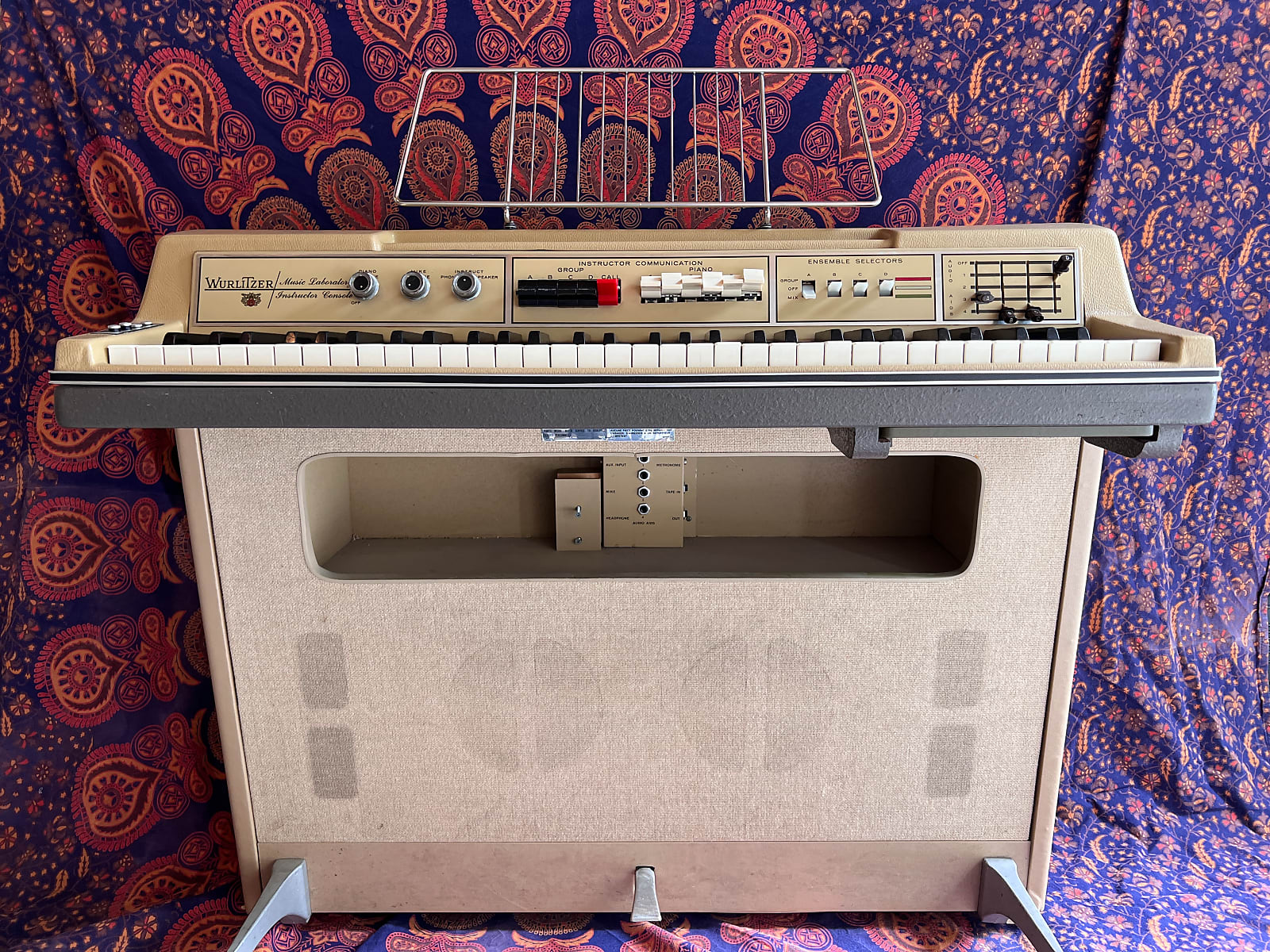
This rare 205V instructor's console contains more knobs and dials than most—that's because it's capable of connecting six student models, effectively serving as a master keyboard. By using the switches on the control panel and a headset, teachers can monitor each student's playing and speak to them individually while everyone plays at the same time.
The 205V also paired with Wurlitzer's V-500 Key/Note Visualizer, which could be hung on the classroom wall to track what notes and keys are being played in real time through lights on the board.
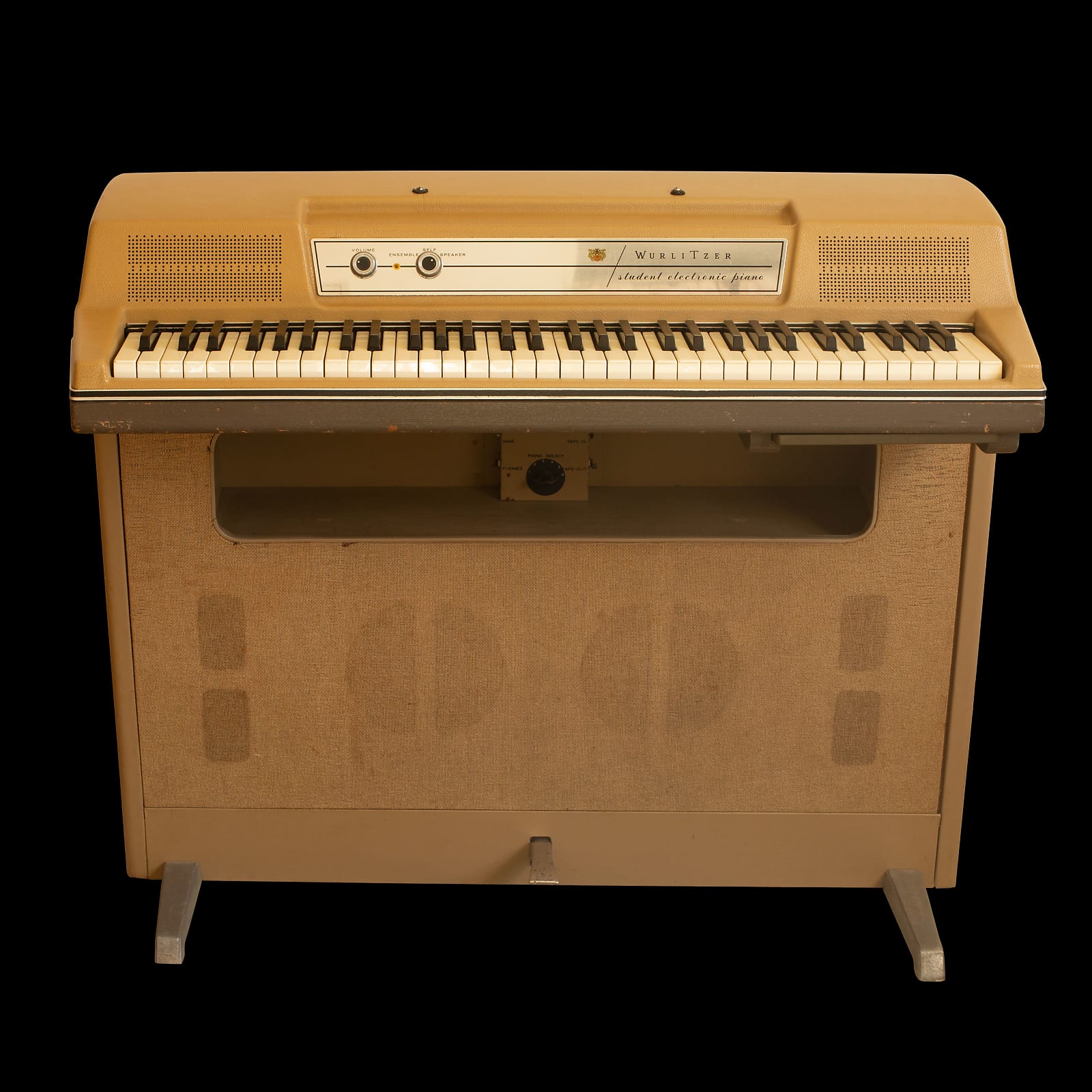
This 206—a beige student model produced from 1968 to 1974—was another Wurlitzer designed for the classroom. Here, there was no aux output, and the usual vibrato knob was replaced with speaker controls: students could either play quietly through headphones or through the cabinet.
With these limitations in mind, the seller included a kit—courtesy of New Jersey electric piano repair company Vintage Vibe—that comes with all the components needed to add vibrato and an aux output.
